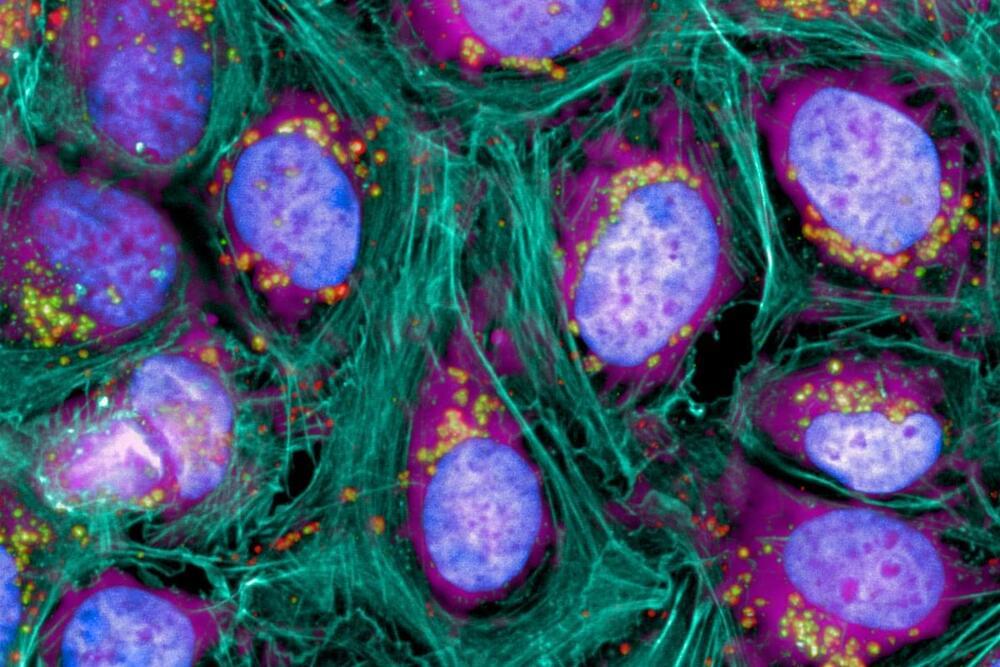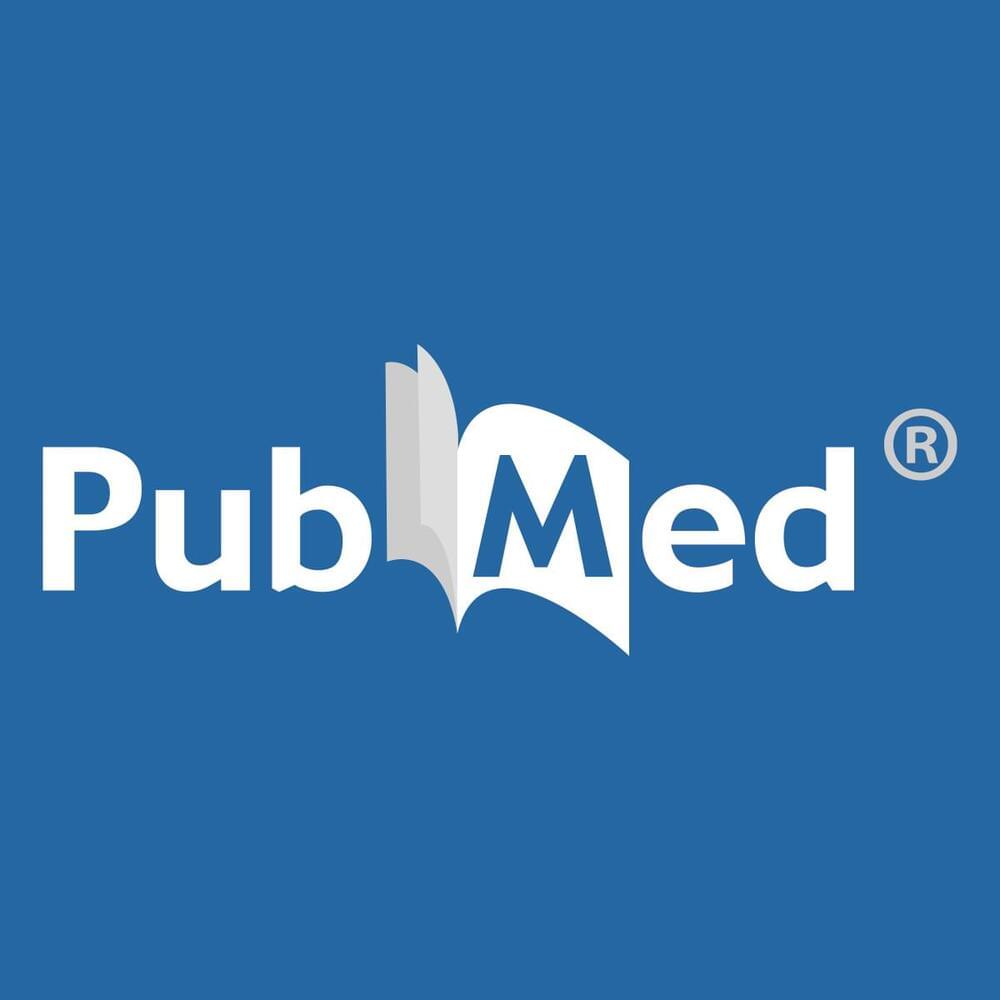Jul 25, 2023
Dr Google? AI could be doctor in the pocket, but company’s health officer urges caution about its limits
Posted by Dan Kummer in categories: biotech/medical, life extension, robotics/AI
I expect this to double over at least 2 maybe 3 times between now and 2030. AND, we here need to back it at every step if we really want indefinite life extension. Time to pick a side is right now.
The arrival of artificial intelligence into healthcare means everyone could one day have a doctor in their pocket, but Google’s chief health officer has urged caution about what AI can do and what its limits should be.
“There’s going to be an opportunity for people to have even better access to services, [and] to great quality services,” Dr Karen DeSalvo told Guardian Australia in an interview last week.

















